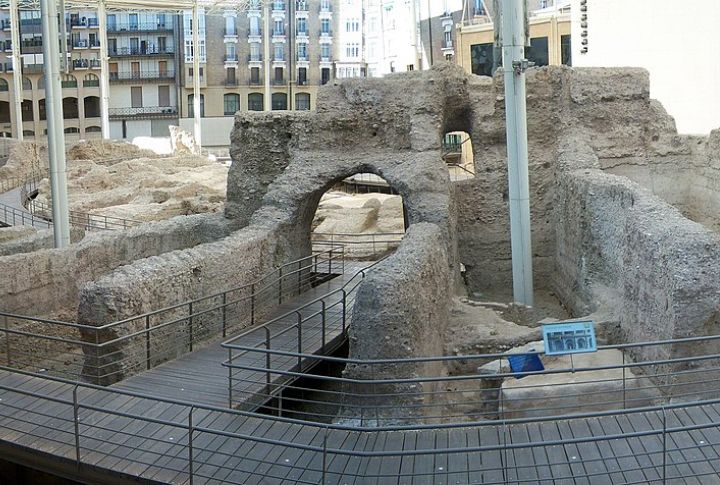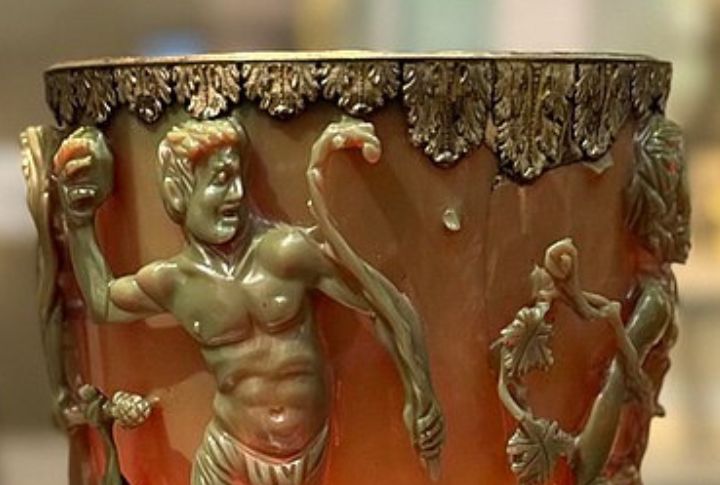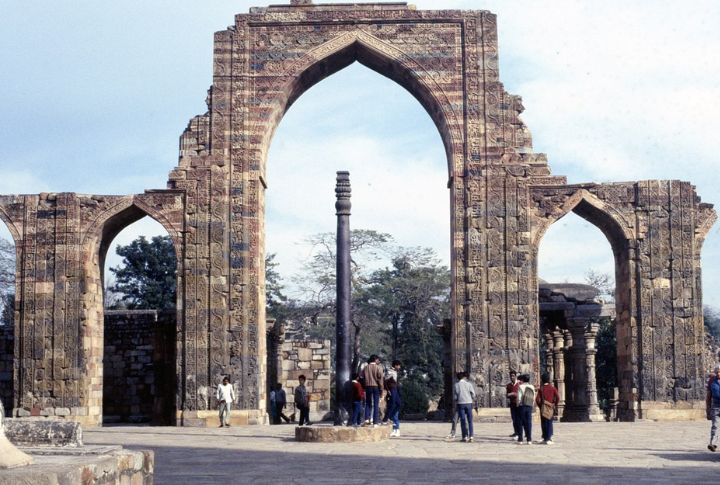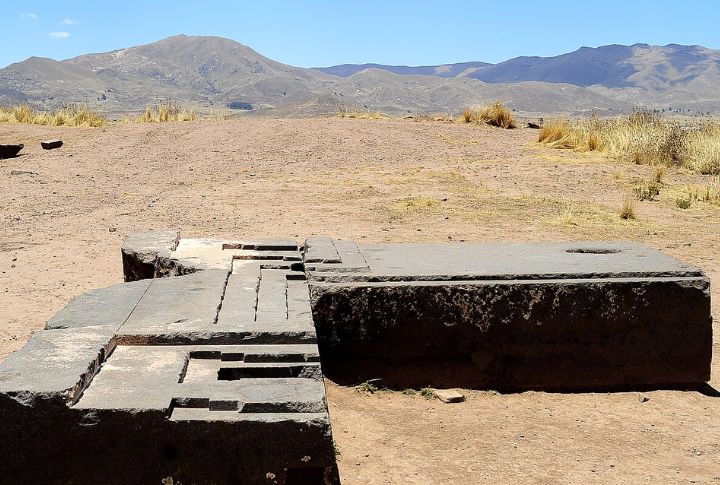
Thousands of years ago, people built things so advanced that even today’s experts can’t explain how. These ancient creations weren’t lucky guesses—they were brilliant, precise, and way ahead of their time. What’s behind them? That’s the mystery. If you’re curious about the secrets history still holds, it’s the one journey you won’t want to miss.
The Antikythera Mechanism

Nobody understands how ancient Greeks built such a complex machine with the technology they had. This discovery from a shipwreck 2,000 years ago is an analog computer, a set of gears that tracked planets, stars, and also future Olympic Games. Experts can reconstruct it, but still scratch their heads over how the makers got the engineering and precision so perfect so long ago.
Roman Concrete

Ancient Romans developed a concrete that grows stronger with time, especially if exposed to seawater. Scientists know volcanic ash plays a key role, yet they still can’t fully reproduce its unmatched durability. The Pantheon’s massive dome remains standing without internal support, a feat modern builders find difficult to match.
The Baghdad Battery

Archaeologists found these strange clay jars near Baghdad that held copper and iron rods. When scientists fill modern replicas with vinegar, they produce a small electrical current. The puzzle is that nobody knows for sure if the people of that time intentionally used it as a battery or for something else entirely, leaving its true purpose a fascinating mystery.
Damascus Steel

The legendary blades made of Damascus steel had patterns so beautiful and unique that you could never miss them. These swords were incredibly hard and flexible, which made them truly superior. The recipe for this magnificent metal mysteriously vanished in the 1700s, and despite all our modern advancements, people still haven’t managed to figure out how to perfectly recreate it.
The Nazca Lines

Looking down from the sky, you realize the colossal desert drawings are huge; some are nearly a quarter-mile long! The people who made the Nazca Lines had no way to fly to see their finished art, so how they managed to create such massive, perfectly proportioned images remains a huge question. Their purpose is also fiercely debated by archaeologists today.
The Stone Spheres Of Costa Rica

Hundreds of these enormous stone spheres are scattered across Costa Rica, and the largest are over six feet tall. What’s unbelievable is that many are almost perfectly round—a level of geometric precision that is seriously difficult, even for modern machines. The culture that created them vanished, taking the secret of their purpose and creation with it.
The Lycurgus Cup

This beautiful Roman glass cup changes color from green to red when light shines through it. Researchers finally figured out the secret: the artisans mixed gold and silver particles smaller than a thousandth of a human hair into the glass. Experts cannot believe that these ancient craftspeople were playing with nanotechnology centuries before we had the word for it.
The Iron Pillar Of Delhi

Standing over twenty-three feet tall, the massive iron column has defied rust for over 1,600 years. It’s made of wrought iron, a material that should have corroded centuries ago. A thin, invisible layer of iron hydrogen phosphate protects it; however, experts have been unsuccessful in fully grasping how the ancient smiths achieved such an anti-corrosion feat.
The Baffling Size Of The Longyou Caves

Two millennia ago, workers carved twenty-four gigantic caverns, each over 90 feet deep, into the bedrock of China. They removed enough stone to fill a massive space, but what’s incredible is that not a single ancient tool or rock debris from this colossal project has ever been found. The sheer scale and silence of the operation completely stump modern historians.
The Almost Alien Precision Of Tiwanaku

In ancient Bolivia, the people of Tiwanaku built temples with stones that fit together so tightly you couldn’t slip a razor blade between them. Centuries before advanced machinery or laser precision, builders managed an accuracy that still stuns engineers today. No one can clearly explain how they carved, lifted, and positioned such colossal stones to achieve this masterpiece of design.

